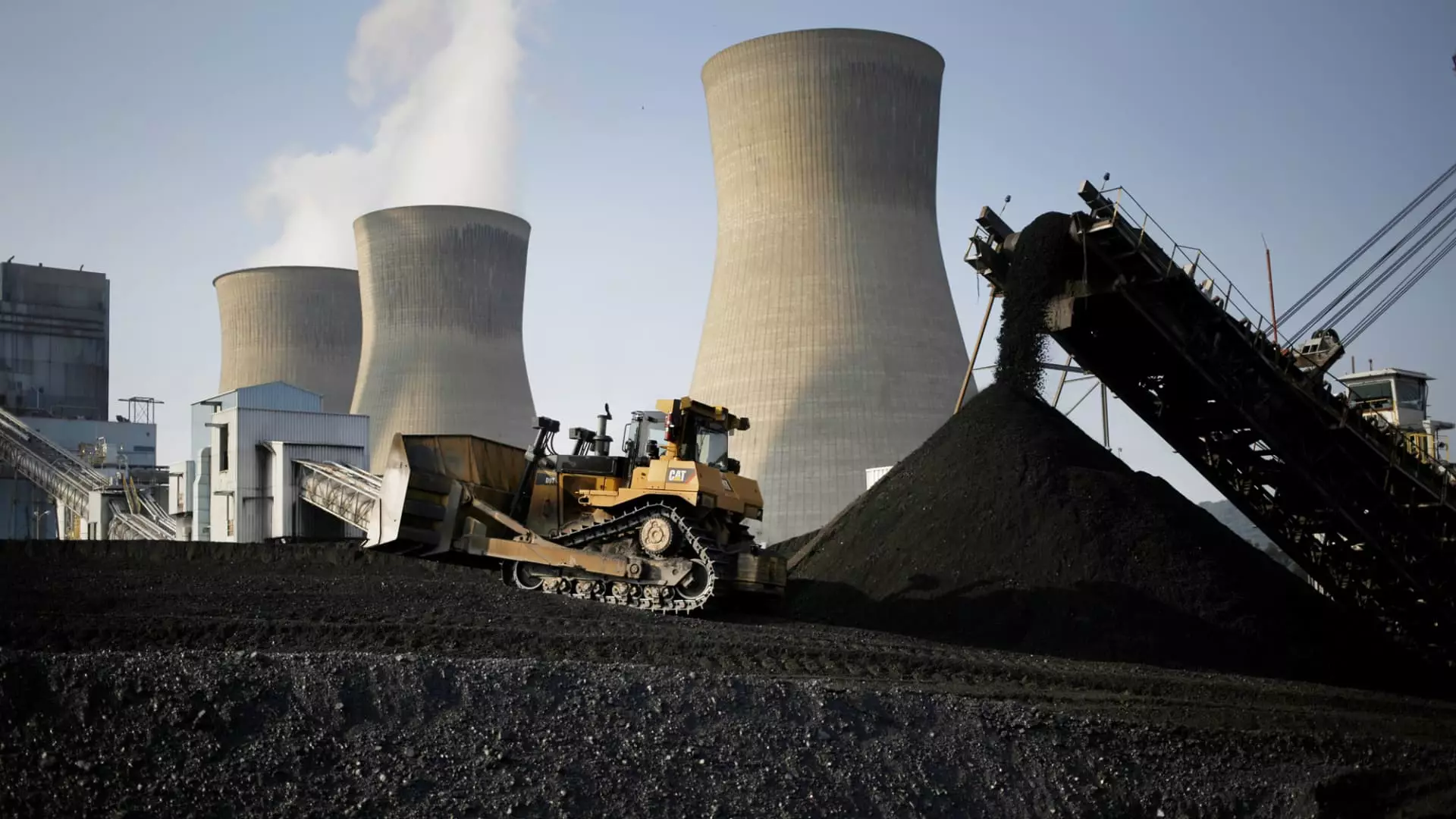As the world grapples with the dual challenges of rising energy demand and climate change mitigation, the spotlight has turned back to nuclear energy as a viable solution. The recent announcement regarding the planned restart of the Three Mile Island nuclear facility signals a crucial moment for the United States nuclear sector. However, more than just a nostalgia-laden revival, this initiative reveals the pressing need for a comprehensive strategy to expand the nuclear fleet to fulfill future electricity needs amidst increasing environmental and energy security concerns.
The United States currently hosts the largest nuclear reactor fleet globally, encompassing 94 operational reactors that contribute approximately 18% of the nation’s electricity. However, with projected increases in electricity consumption, particularly from burgeoning sectors such as technology and electric vehicles, experts warn that merely maintaining the existing infrastructure will not suffice. In fact, Mike Goff, the acting assistant secretary for the Office of Nuclear Energy, has highlighted the ambitious requirement of adding 200 gigawatts of nuclear power—equivalent to constructing 200 new nuclear plants—by 2050 to keep up with rising demand and minimize carbon emissions.
The undertaking is substantial. Each new gigawatt-sized reactor presents not only a construction challenge but also requires the orchestration of significant investments, regulatory permissions, and public buy-in. Although the Three Mile Island restart could be seen as a beacon of hope, calculations indicate that this initiative alone would supply a fraction of what is necessary to meet future electricity needs.
One compelling argument made by Goff pertains to the potential of repurposing existing coal facilities into nuclear sites, leveraging established infrastructure to accelerate the nuclear expansion. As energy transition efforts progress, many coal plants are facing closure, generating gaps in energy production. The Department of Energy recently posited that repurposing retired coal plants could enable the addition of up to 174 gigawatts of nuclear energy across numerous states, streamlining the process of linking new reactors to the grid.
This approach not only creates a new pathway for nuclear power generation but also presents economic advantages. By utilizing facilities that already possess necessary transmission lines and have experienced personnel, the cost and time associated with creating entirely new nuclear plants can be significantly decreased. Goff notes that the expenses tied to constructing reactors at these sites may be reduced by up to 30% compared to initiating projects on untouched land.
Despite the promising prospects of such strategies, the road to nuclear energy expansion is fraught with challenges. Significant hurdles include financial constraints, regulatory scrutiny, and public perception of nuclear safety. The expansion of the Vogtle project in Georgia is a case in point; budget overruns and delays marred its development, raising skepticism about the feasibility of building new nuclear reactors in the current economic climate.
Additionally, while anticipated demand for energy from data centers and electrified industries creates momentum for larger reactors, only a limited number of potential facilities exist ready for restart. Goff himself acknowledges that the pool of shut-down reactors that could be revived is not expansive. The concept of new reactor designs, particularly smaller advanced reactors, although promising, still needs years to reach commercialization and mass production.
Addressing these complex challenges necessitates a cooperative effort involving multiple stakeholders, including government entities, financial institutions, energy companies, and the general public. Policymaking will play a crucial role in reinforcing initiatives that acknowledge the merits of clean, reliable energy sources. The increasing political and institutional support seen post-Inflation Reduction Act illustrates a renewed appreciation for the essential role of nuclear energy in achieving net-zero emissions.
Moreover, communication and transparency about nuclear energy’s safety protocols are vital for maintaining public trust. Engaging communities, particularly those historically reliant on coal or fossil fuels, is crucial for fostering a more extensive understanding of the safety measures, economic opportunities, and environmental benefits that modern nuclear facilities can provide.
As the United States navigates the intricacies of energy production in an evolving landscape, the revival of facilities like Three Mile Island represents not merely a return to past practices but an opportunity to reframe the national energy narrative. With conscientious efforts to expand nuclear power capacity—both through new developments and rejuvenated existing sites—the nation can take enduring steps toward sustainability and energy security. The challenges are undeniable, but advancing a multi-faceted approach to nuclear energy will be key in positioning the U.S. as a leader in clean energy solutions moving forward.

